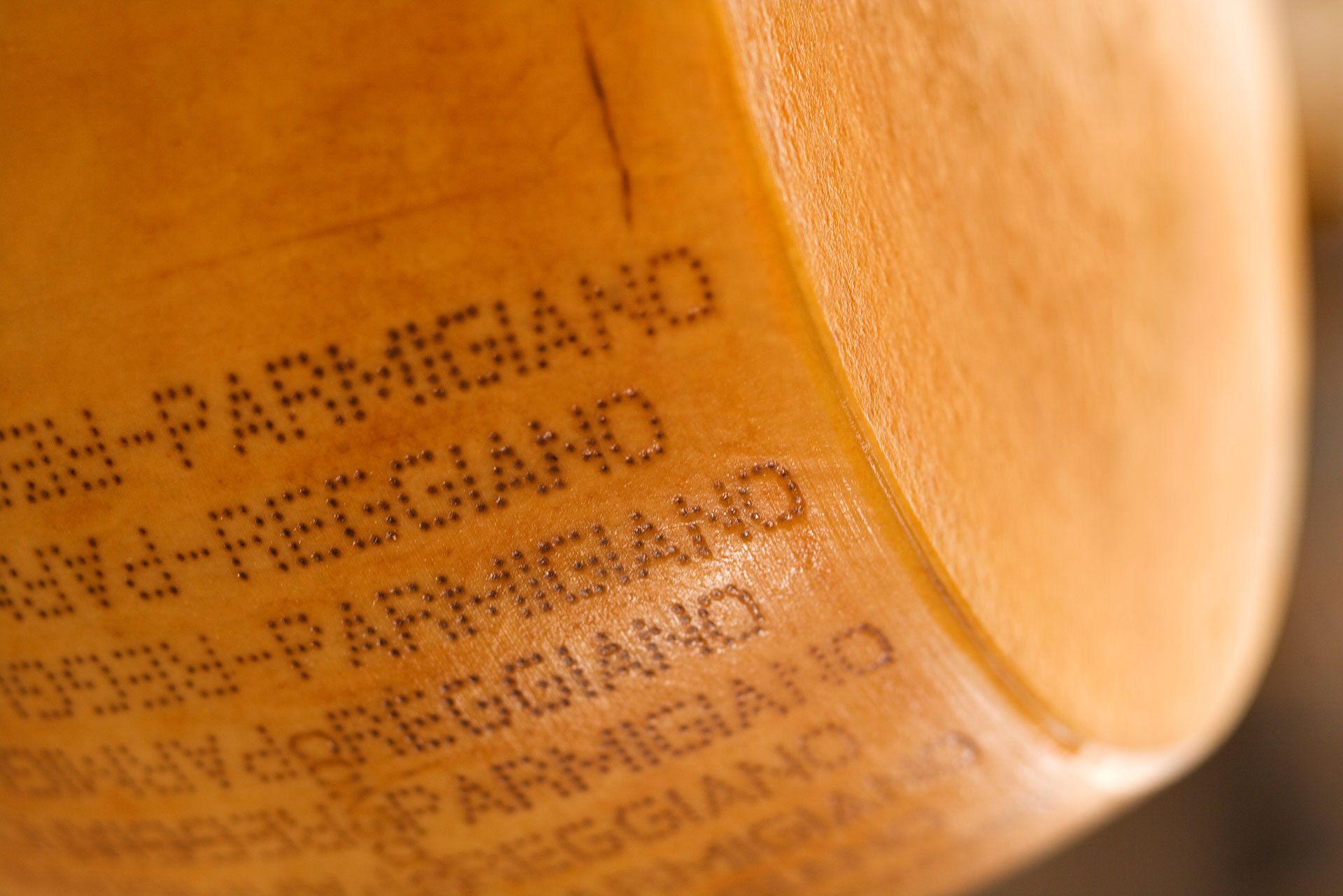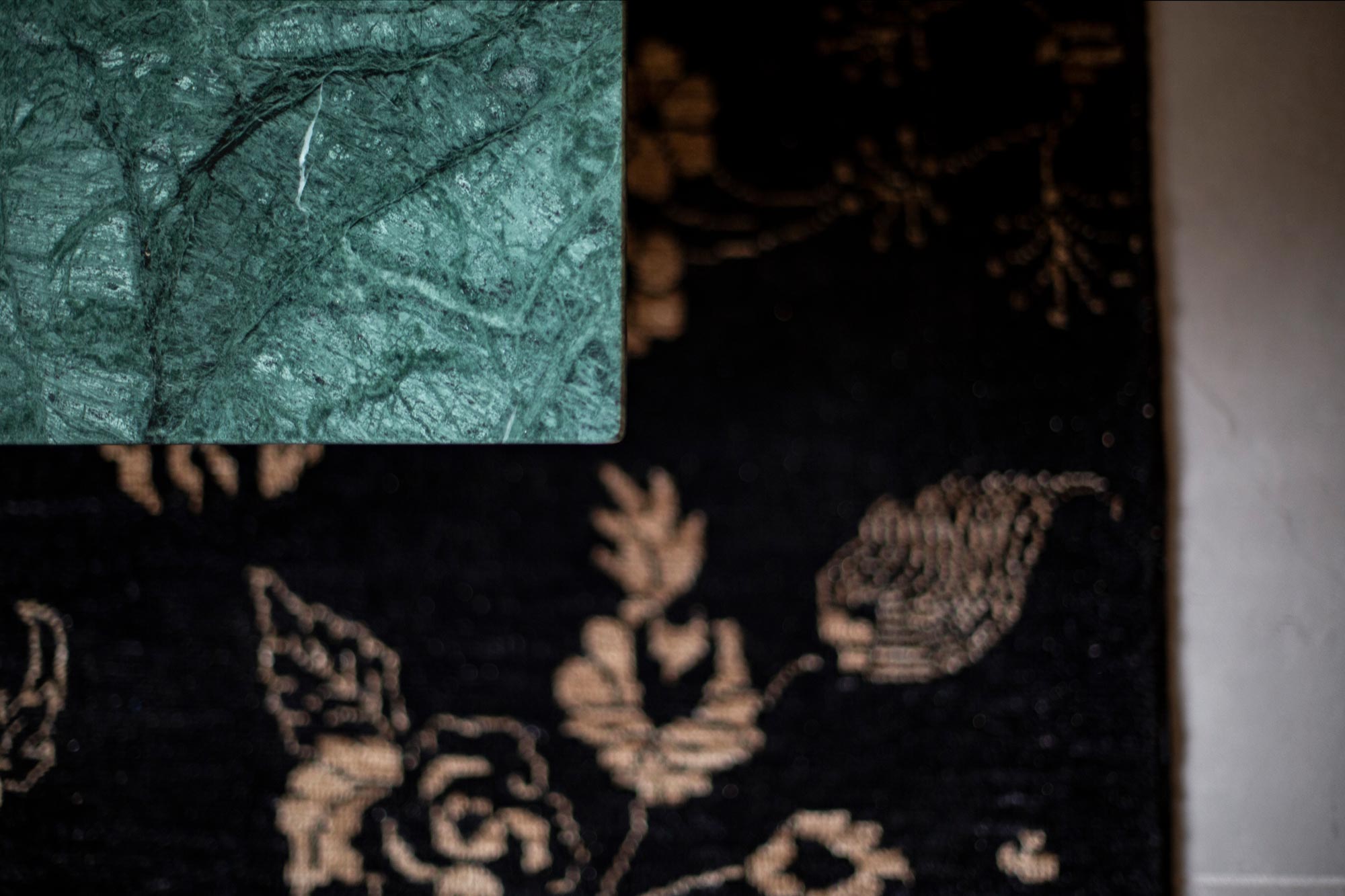Parmigiano Reggiano: the king of Italian cheeses
Parmigiano Reggiano is much more than a simple cheese: it is an icon of the Italian gastronomic heritage and one of the most renowned excellences of the Emilian Food Valley. Known throughout the world as the “King of Cheeses”, it is synonymous with quality, tradition and versatility in cooking. Let’s discover together its origins, the production process and the secrets that make it unique.
The origins of Parmigiano Reggiano: a millenary history
The history of Parmigiano Reggiano has ancient origins, dating back to the Middle Ages. The first mention of the production of this cheese dates back to the 12th century, when Benedictine and Cistercian monks began producing it in order to preserve the milk for a long time. Thanks to its long maturation and resistance to deterioration, Parmigiano Reggiano quickly became a valuable and marketable food.
Even today, the Parmigiano Reggiano is produced following traditional methods that have been handed down for generations, representing an indissoluble link with the territory and its traditions.
The production area: a single territory
Parmigiano Reggiano is produced exclusively in a limited geographical area, which includes the provinces of Parma, Reggio Emilia, Modena and part of the provinces of Bologna (west of the Rhine) and Mantua (south of the Po). This territory, with its unique climate and rich pastures, is fundamental to give the cheese its unmistakable characteristics.
The cows used to produce milk for Parmigiano Reggiano are fed exclusively with grass, hay and natural fodder, according to strict rules established by the Consortium of Parmigiano Reggiano.
The production process: tradition and quality
The production of Parmigiano Reggiano is a real artisan rite, following precise and rigorous rules. The milk is processed within a few hours of milking, without the addition of additives or preservatives. Here are the main stages of processing:
1. Milk collection: the raw milk from the evening milking is left to rest and then mixed with fresh milk from the morning milking.
2. Curdling: the milk is heated and coagulated with natural rennet.
3. Breakage of the curd: the curd is broken into fine granules, which are deposited on the bottom of the boiler.
4. Forming: after cooking, the dough is extracted, shaped and placed in the mould to give the typical shape of Parmigiano Reggiano.
5. Salting: the forms are immersed in a saline solution for about 20 days.
6. Ripening: the cheeses are aged for a minimum of 12 months, but they can also age over 36 months, developing increasingly intense and complex aromas.
Each shape is checked by the Consortium, which guarantees compliance with quality standards and only applies the mark to products that comply with the specifications.

In our selection: the Parmigiano Reggiano 30 months of “Caseificio 4 Madonne”
Among the excellence of artisanal production, stands out the 30-month Parmigiano Reggiano from 4 Madonne Cheese Factory, a real gem for lovers of authentic and rich taste. This particular seasoning enhances the taste of the cheese, giving it a perfect balance between savoury and sweet, accompanied by aromatic notes of dried fruit and meat broth. Its structure is friable and grainy, with the characteristic tyrosine crystals that give a unique texture to the palate.
Caseificio 4 Madonne, based in the province of Modena, is synonymous with quality and respect for traditions, strictly following the Parmigiano Reggiano DOP. This product, perfect to accompany structured wines or to be enjoyed in purity, represents the excellence of the Italian Food Valley. If you are looking for the best, do not miss this delicacy.
The secrets of maturing: from young to “old”
The maturation time is a determining factor for Parmigiano Reggiano, influencing its taste, texture and uses. Here are some differences between the different degrees of ripening:
• 12-18 months: the cheese is still young, with a delicate taste and soft texture. Perfect for aperitifs or salads.
• 24 months: This is the most common maturation. The taste becomes more complex, with notes of dried fruit and a friable structure.
• 30 months: like the one of Caseificio 4 Madonne, it offers an extraordinary balance between intensity and delicacy, ideal for true connoisseurs.
• 36 months or more (stravecchio): the flavour is intense and rich, with a pronounced savoury taste and tyrosine crystals that give it a grainy texture. Ideal to be enjoyed alone or accompanied by full-bodied wines.
How to use Parmigiano Reggiano in the kitchen
Parmigiano Reggiano is one of the most versatile ingredients in Italian cuisine. Here are some ideas on how to use it:
• Grated: perfect to enhance the taste of pasta, risottos, soups and velvets.
• In flakes: ideal for enriching carpacos, salads or meat dishes.
• Serve it: in cubes with honey, jams or balsamic vinegar for a refined appetizer.
• Fusion: use it to create creamy sauces or crispy gratins.
Conclusion: the king of Italian cheeses
The Parmigiano Reggiano is a symbol of tradition and Italian gastronomic culture, appreciated all over the world for its incomparable quality. Each sample tells a story of passion, territory and craftsmanship. If you have never tried it, do not miss the opportunity to taste the real Parmigiano Reggiano and find out why it is considered the king of cheeses. Try in particular the 30-month Parmigiano Reggiano from 4 Madonne: an unforgettable taste experience that celebrates the tradition and excellence of the Food Valley.


